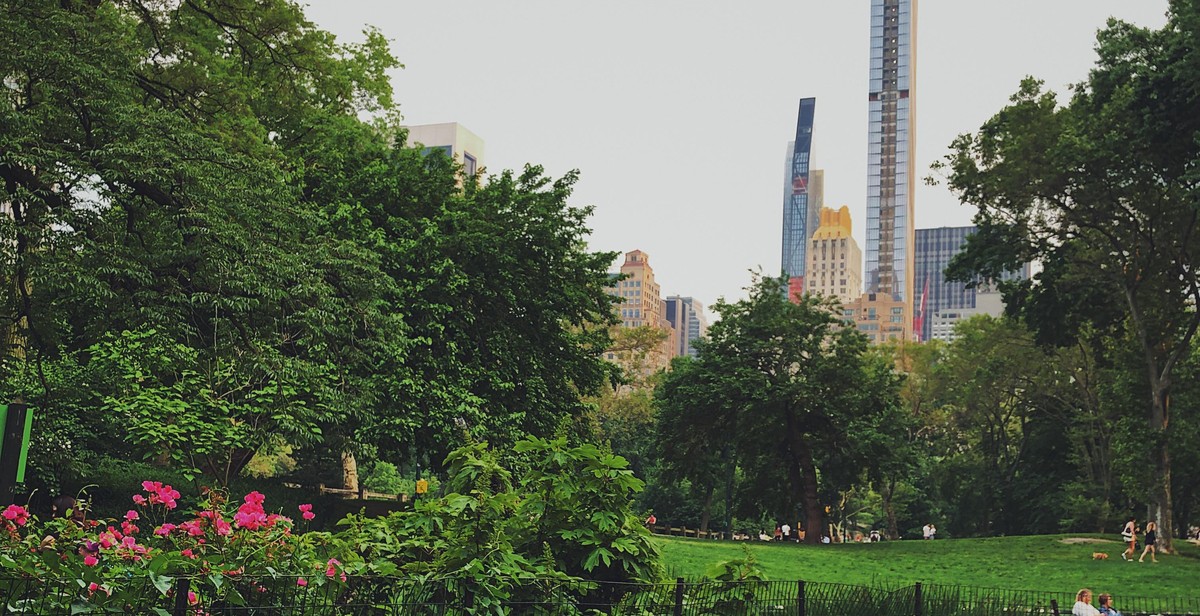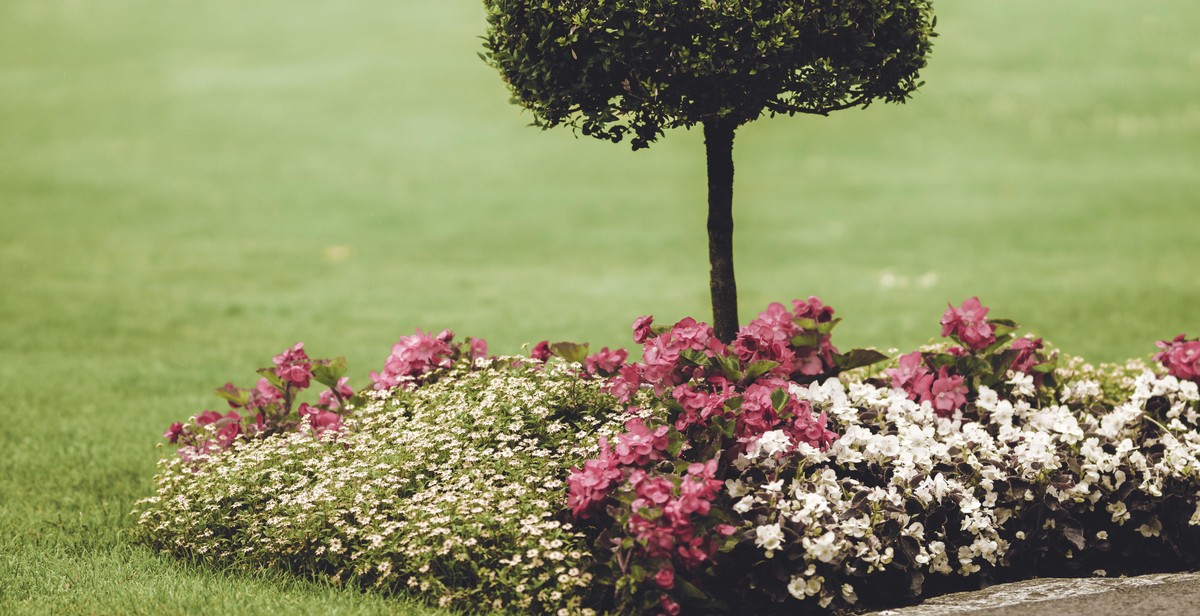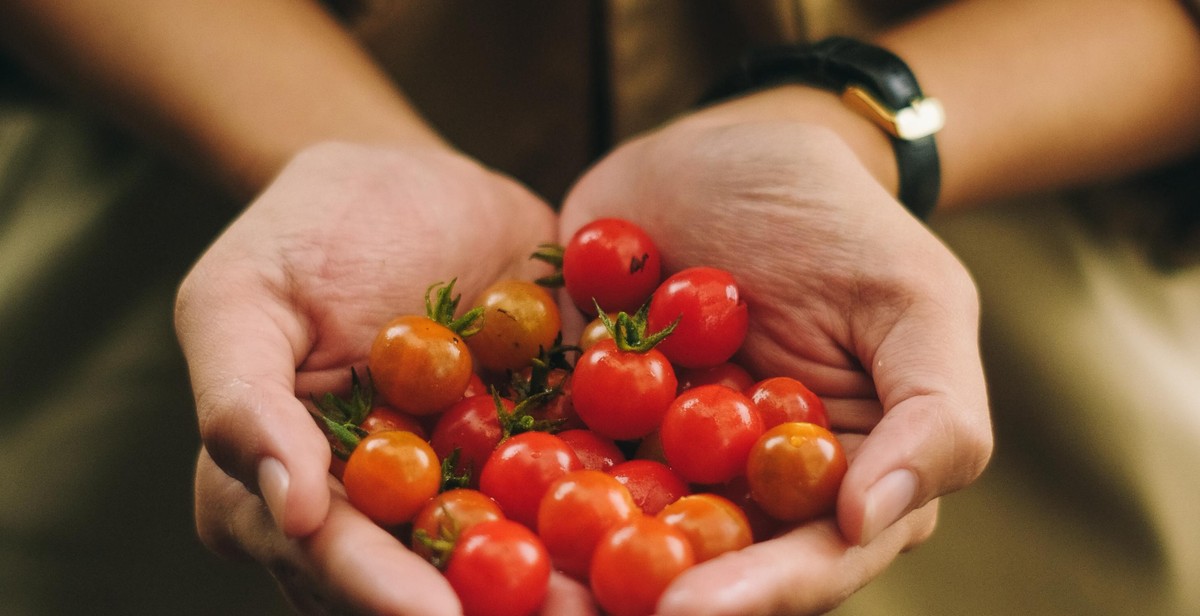How to Start a Sustainable Urban Garden in an Apartment
Living in an apartment in the city can make it difficult to have access to fresh produce, but starting a sustainable urban garden can change that. By growing your own fruits, vegetables, and herbs in your apartment, you can enjoy the benefits of fresh, organic produce without having to leave your home. Not only is it a convenient way to access healthy food, but it also promotes sustainability and reduces your carbon footprint.
Why Start a Sustainable Urban Garden in an Apartment?
There are numerous reasons why starting a sustainable urban garden in an apartment is a great idea. First and foremost, it provides an opportunity for you to have access to fresh, healthy produce right in your own home. This can save you money on groceries and reduce your reliance on store-bought produce that has been shipped from far away.
Additionally, starting an urban garden in an apartment promotes sustainability and reduces your carbon footprint. By growing your own produce, you are reducing the need for transportation and packaging, which can have a significant impact on the environment. It also encourages a more mindful and eco-friendly lifestyle.
Lastly, starting an urban garden can be a fun and rewarding hobby. It allows you to connect with nature and learn new skills, all while enjoying the fruits of your labor.
- Save money on groceries
- Promote sustainability and reduce your carbon footprint
- Enjoy a fun and rewarding hobby
Overall, starting a sustainable urban garden in an apartment is a great way to have access to fresh produce, promote sustainability, and enjoy a fun hobby. In the following sections, we will discuss the steps you need to take to get started on your own urban garden.

Step 1: Assess Your Space
Starting a sustainable urban garden in an apartment requires careful planning and consideration of your available space. Before you begin, take some time to assess your space and determine the best location for your garden.
Consider Your Available Space
Take a look around your apartment and identify any areas that could be used for gardening. This could include a balcony, patio, windowsill, or even a corner of your living room. Keep in mind that you don’t need a lot of space to start a successful urban garden. Even a small area can yield a significant amount of fresh produce.
Evaluate Your Sunlight Exposure
Most plants require at least six hours of sunlight each day to grow and thrive. Evaluate your space to determine how much sunlight it receives. If you have a balcony or patio, pay attention to the direction it faces and how much shade it gets throughout the day. If you’re limited to indoor gardening, consider purchasing grow lights to provide your plants with the necessary light.
Determine Your Soil Type
The type of soil you have can affect the success of your garden. Determine whether you have sandy, loamy, or clay soil. If you’re gardening indoors, you’ll need to purchase potting soil. Look for a high-quality soil that contains organic matter and nutrients.
By assessing your available space, evaluating your sunlight exposure, and determining your soil type, you’ll be able to create a sustainable urban garden that thrives in your apartment.

Step 2: Choose Your Plants
Choosing the right plants for your sustainable urban garden is crucial to its success. When selecting plants, keep in mind the limited space you have in your apartment and choose plants that thrive in small spaces. Here are some tips to follow when selecting plants:
Select Plants That Thrive in Small Spaces
Some plants are better suited for small spaces and can thrive in containers. These include herbs like basil, cilantro, and thyme, as well as vegetables like cherry tomatoes, peppers, and lettuce. These plants can be grown in pots or hanging baskets, making them perfect for apartment gardening.
Choose Plants That Suit Your Sunlight Exposure
Consider the amount of sunlight your apartment receives when selecting plants. Some plants require full sun, while others can thrive in partial shade. For example, tomatoes and peppers require full sun, while lettuce and spinach can grow in partial shade. Be sure to read the plant tags or do your research to determine the sunlight needs of your chosen plants.
Consider Your Soil Type When Selecting Plants
The type of soil you use can also affect the success of your urban garden. Most plants require well-draining soil, so be sure to choose a potting mix that is specifically formulated for container gardening. Some plants, like succulents, prefer sandy soil, while others, like herbs, prefer a richer soil with more organic matter.
| Plants for Small Spaces | Full Sun | Partial Shade |
|---|---|---|
| Herbs (basil, cilantro, thyme) | X | X |
| Cherry Tomatoes | X | |
| Peppers | X | |
| Lettuce | X | |
| Spinach | X |
By following these tips, you can choose the right plants for your sustainable urban garden and ensure its success. In the next step, we will discuss how to plant your selected plants.

Step 3: Gather Your Supplies
Gathering the right supplies is crucial to the success of your sustainable urban garden. Here are the supplies you will need to get started:
Containers
Since you will be gardening in an apartment, you will need to choose containers that fit your space. Consider the size of your balcony or windowsill, and choose containers that are appropriate. You can use anything from traditional flower pots to repurposed items like old buckets or even shoes. Just be sure that your containers have drainage holes to prevent water from accumulating and causing root rot.
Soil
Choosing the right soil is important for the growth and health of your plants. Look for a potting mix that is specifically designed for container gardening. These mixes are usually lighter and more porous, allowing for better drainage and aeration. You can also add compost or other organic matter to your soil to provide additional nutrients.
Fertilizer
Plants grown in containers may need more frequent feeding than those grown in the ground. Look for a fertilizer that is specifically designed for container plants, and follow the instructions on the package. You can also use organic fertilizers like compost tea or fish emulsion.
Tools
You don’t need a lot of tools to start an urban garden, but a few essentials will make the job easier. A trowel, gardening gloves, and a watering can or hose are all you really need to get started. If you have a larger space, you may also want to invest in a hand cultivator or pruning shears.
| Tool | Description |
|---|---|
| Trowel | A small handheld tool used for digging and planting |
| Gardening Gloves | Protects your hands from thorns, splinters, and other hazards |
| Watering Can or Hose | Used to water your plants |
| Hand Cultivator | A handheld tool used for breaking up soil and removing weeds |
| Pruning Shears | Used for trimming and shaping plants |

Step 4: Plant Your Garden
Now that you have prepared your containers and filled them with soil, it’s time to plant your selected plants. Here’s how:
Prepare Your Containers
If you haven’t already, make sure your containers have drainage holes to prevent water from accumulating at the bottom. You can use a drill to make holes if needed.
Fill Your Containers with Soil
Use a high-quality potting mix to fill your containers. Leave about an inch of space at the top to allow for watering.
Plant Your Selected Plants
Follow the planting instructions on the seed packets or plant tags. Make sure to space the plants appropriately and plant them at the recommended depth.
- For vegetables and herbs, consider planting companion plants that will help each other thrive. For example, plant basil with tomatoes or marigolds with beans.
- For flowers, choose varieties that will attract pollinators like bees and butterflies.
Water Your Garden
Water your garden regularly, making sure not to overwater or underwater. Check the soil moisture by sticking your finger about an inch into the soil. If it feels dry, it’s time to water.
Consider using a watering can or a drip irrigation system to conserve water and prevent soil erosion.
With these steps, you’re well on your way to growing a sustainable urban garden in your apartment. Happy planting!

Step 5: Maintain Your Garden
Maintaining your sustainable urban garden is crucial to ensure that your plants grow healthy and strong. Here are some tips on how to maintain your garden:
Watering
Watering your plants regularly is essential to keep them hydrated. However, over-watering can be harmful to your plants, so it’s important to strike a balance. The amount of water your plants need depends on various factors such as the type of plant, the soil, and the climate. Generally, most plants require watering once or twice a week. You can use a watering can or a hose with a spray nozzle to water your plants. Make sure to water the soil and not the leaves to prevent fungal diseases.
Fertilizing
Fertilizing your plants is important to provide them with the necessary nutrients for growth. You can use organic fertilizers such as compost, manure, or bone meal. These fertilizers release nutrients slowly, providing a steady supply to your plants. You can also use liquid fertilizers, which are faster-acting but need to be applied more frequently. Follow the instructions on the fertilizer package to avoid over-fertilizing, which can damage your plants.
Pruning
Pruning your plants is important to promote healthy growth and remove dead or diseased parts. Use clean and sharp pruning shears to avoid damaging your plants. Prune your plants in the morning or evening when the temperature is cooler to prevent stress. Be careful not to prune too much, as this can stunt the growth of your plants.
Pest Control
Pest control is crucial to prevent pests from damaging your plants. You can use natural methods such as companion planting, using insect-repelling plants, or making your own organic pest repellents. If you notice pests on your plants, remove them manually or use an organic insecticide. Avoid using chemical insecticides, as they can harm beneficial insects and pollute the environment.
| Maintenance Task | Frequency | Tools/Supplies |
|---|---|---|
| Watering | Once or twice a week | Watering can or hose with spray nozzle |
| Fertilizing | Every 4-6 weeks | Organic fertilizers (compost, manure, bone meal) or liquid fertilizers |
| Pruning | As needed | Pruning shears |
| Pest Control | As needed | Natural pest repellents or organic insecticides |

Conclusion
Starting a sustainable urban garden in your apartment may seem like a daunting task, but with the right tools and techniques, it can be a rewarding experience. Not only will you be able to enjoy fresh produce, but you’ll also be doing your part to reduce your carbon footprint and promote a greener lifestyle.
Key Takeaways
- Choose the right plants for your space and lighting conditions
- Use sustainable growing techniques such as composting and water conservation
- Invest in high-quality soil and fertilizer to ensure healthy growth
- Stay informed about pest control methods that are safe for you and the environment
By following these tips, you’ll be well on your way to creating a thriving urban garden in your apartment. Remember to be patient and enjoy the process – gardening is a journey, not a destination.
Enjoy the Fruits of Your Labor
Once your plants have matured and are ready to harvest, take the time to savor the fruits of your labor. Whether you’re cooking a delicious meal with your fresh herbs or enjoying a crisp salad with your homegrown greens, there’s nothing quite like the taste of produce that you’ve grown yourself.
|
Harvested produce from your urban garden |
Homecooked meal with your fresh produce |
So go ahead, get your hands dirty, and start your own sustainable urban garden today!
